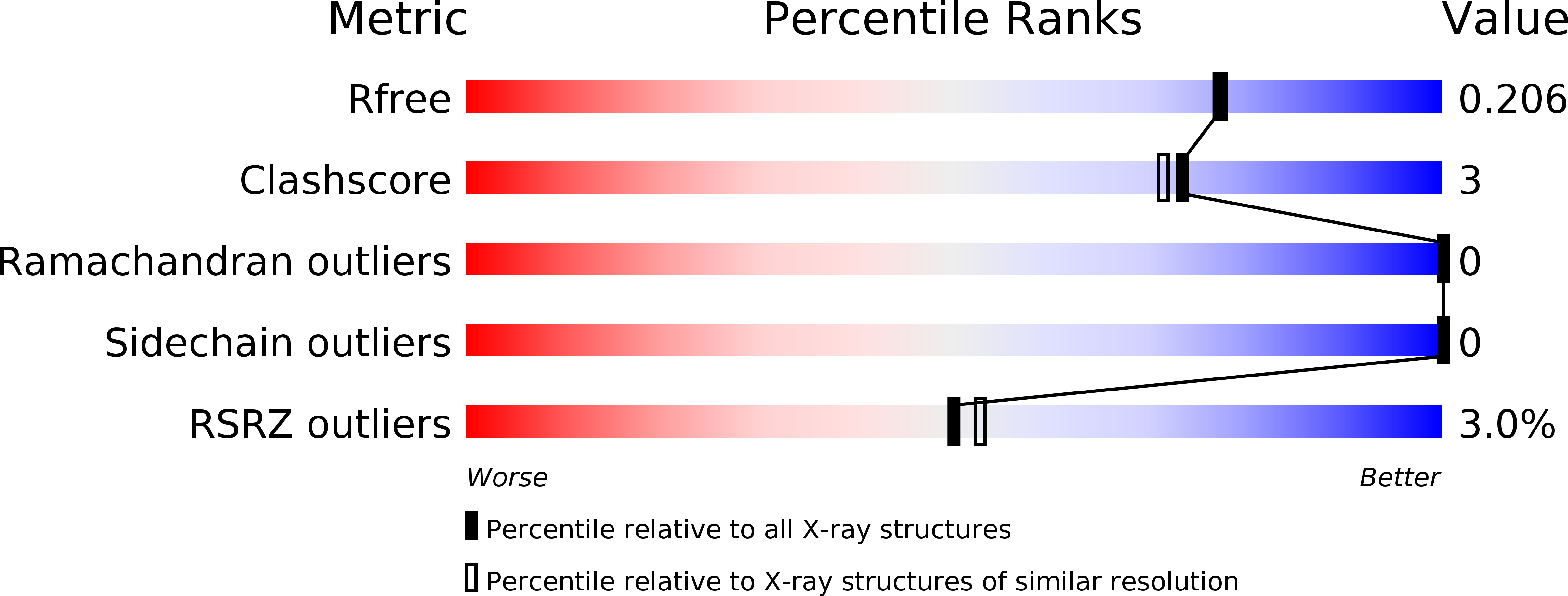
Deposition Date
2017-06-05
Release Date
2018-04-18
Last Version Date
2024-10-23
Entry Detail
Biological Source:
Source Organism:
Branchiostoma floridae (Taxon ID: 7739)
Host Organism:
Method Details:
Experimental Method:
Resolution:
1.90 Å
R-Value Free:
0.20
R-Value Work:
0.17
R-Value Observed:
0.18
Space Group:
P 2 21 21


